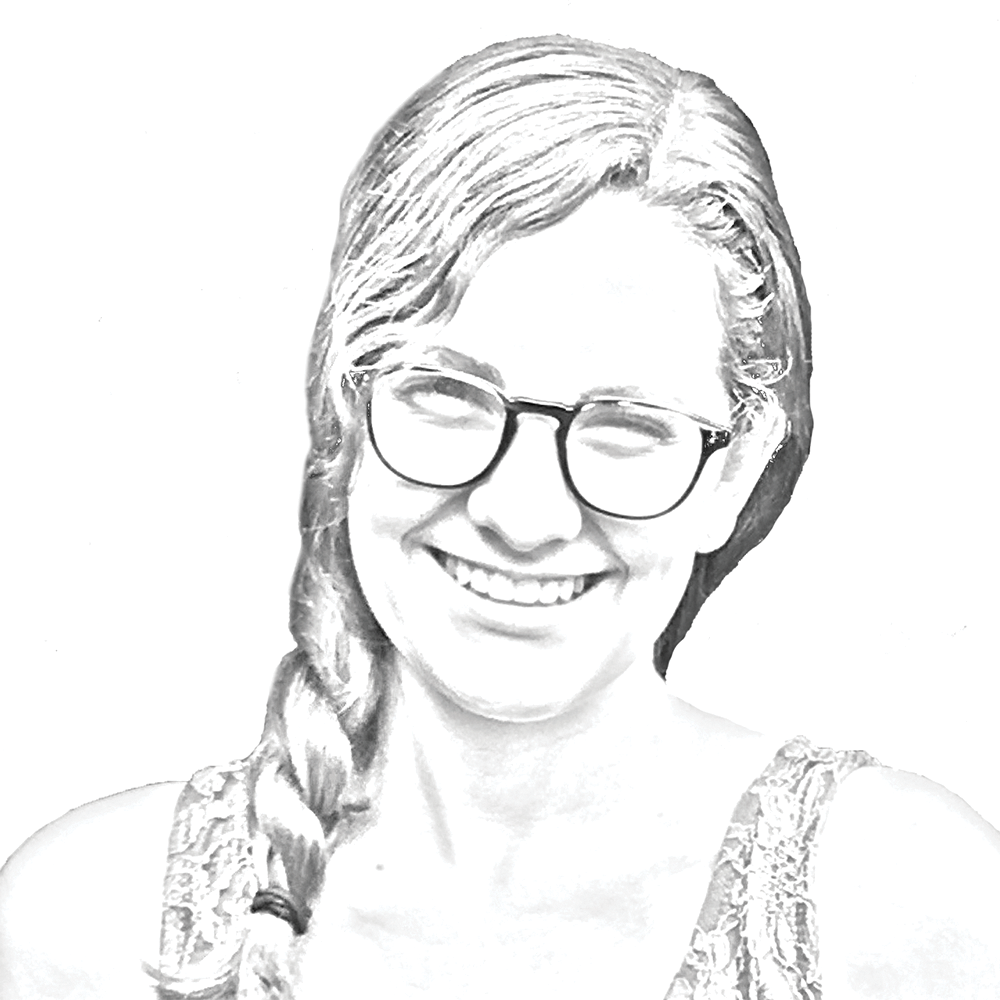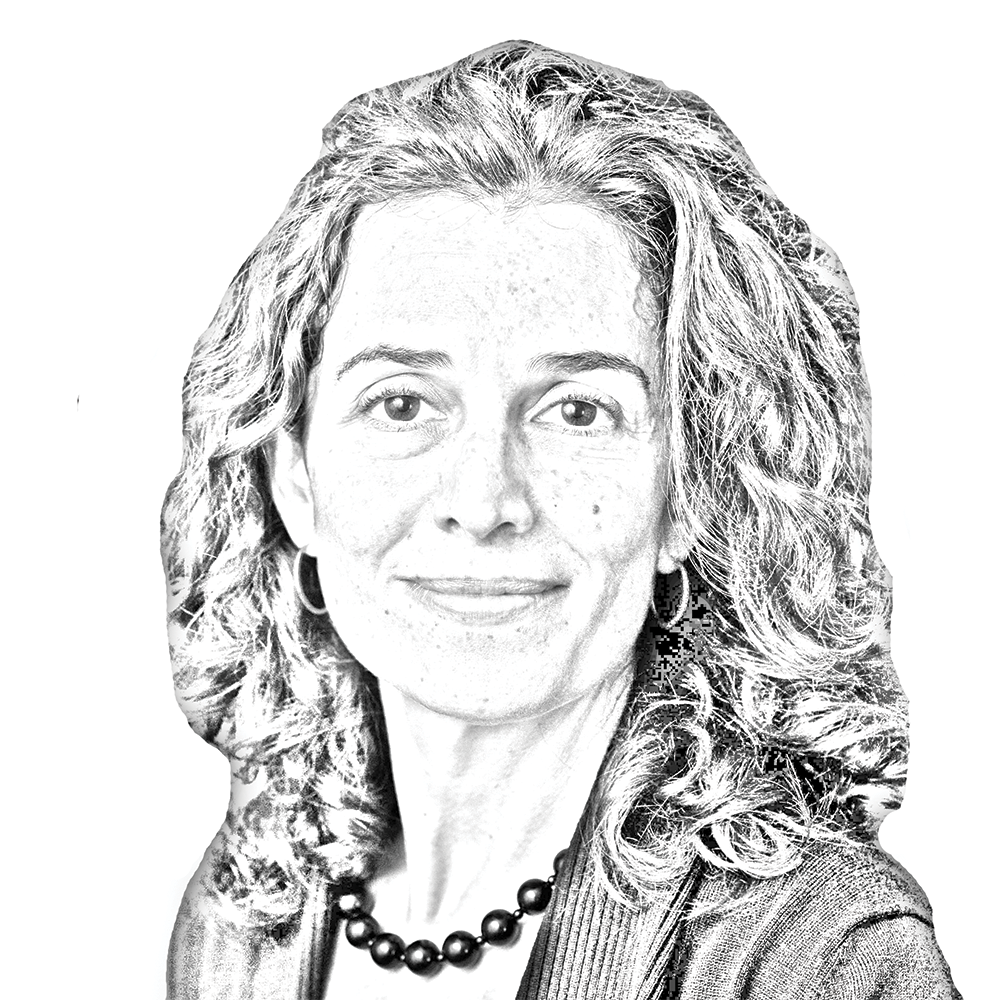Recently, a friend used our freshman floor group chat to encourage the fifteen recipients to complete the Sexual Assault and Misconduct Climate Survey as soon as we could. Others backed her encouragement, characterizing the survey as “super detailed” and “well thought-out.” At this point, only about 27 percent of the McDonough School of Business and only a touch more of the student body had responded to the survey, so I was happy to see peers encouraging others to participate.
Georgetown should absolutely be commended for taking the steps necessary to implement a Campus Climate Survey in the first place. Furthermore, the capable students who have already completed the survey, or alternatively those who demonstrated the importance of self-care in declining to do so, should also be commended. This survey represents an important step towards changing the culture of our campus for the better.
However, I would also like to recognize that the survey is only a small step and was far from perfect. While a lot of students heralded the survey as recognizing the nuances of situations with its “yes” or “no” format and follow-up question structure, I cannot recall a single question, whether simple or complex, directly addressed to perpetrators and their actions. Given that the survey was completely anonymous, should it not also be asking the pressing questions to perpetrators in the same detailed, specific and well thought-out manner in order to get the most complete, expansive set of data possible? Was that not the point of the survey after all?
Georgetown can only address the issue of sexual assault if it collects comprehensive, multi-faceted data from survivors as well as potential perpetrators. For me, the survey’s lack of questioning directed at perpetrators is problematic for multiple reasons, but for two in particular.
First, the lack of surveying perpetrators places the burden of reporting sexual assault on survivors, allowing potential perpetrators to continue to escape accountability and responsibility for their actions. To some, this could also be seen as inequitably and unfairly shifting the burden of reporting on women, who are overwhelmingly — but not exclusively — the victims of sexual assault and violence in the first place.
Second, the survey ignores the very real possibility that one can be both a perpetrator and a victim of sexual assault. Often, sexual assault and sexually violent crimes can occur cyclically and perpetually. I would think the relationship between one’s likelihood of becoming a perpetrator after being a victim of sexual misconduct, and vice versa, would be relevant and critical data in assessing the root causes of sexual assault and sexual violence on the campus.
At the bare minimum, a Campus Climate Survey that includes direct questioning of potential perpetrators and their actions could have sparked reflection amongst students on campus, thereby raising greater awareness of sexual misconduct in the process. While I am still extremely pleased the sexual assault survey was implemented, I believe a more comprehensive and detailed line of questioning directed at perpetrators would have not only increased the quality of data collected but also furthered accountability and reflection on campus.
Kennedy Maker is a sophomore in the College.



















